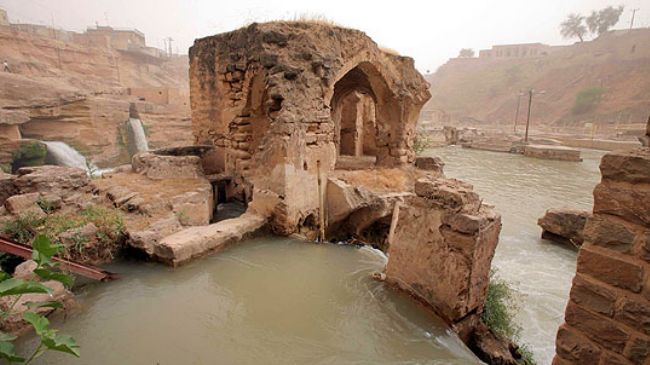Located in Khuzestan province, Shush city will be Iran’s main option for entering the global heritage list in 2014, the Deputy Head of Iran’s Cultural Heritage, Handicrafts and Tourism Organization Mohammad Hassan Talebian announced.
UNESCO World Heritage Committee had earlier nominated the city in 2012, however, the site could not entered the final list.
Shush ancient city, called ‘Susa’ in Old Persian, is one of the oldest-known settlements of the region and the world.
The city was the capital of the Elamites and subsequently the winter capital of Achaemenians for some 2800 years.
Since about 150 years ago, first the French Archeological Mission and then Iranian archaeological teams have carried out excavations in the city which led to retrieving artifacts, buildings and objects from various periods, and knowledge about Elamite history and culture.
In December 330 BCE, Alexander of Macedonia captured Susa and plundered the city, seizing some 40,000 talents of gold and silver from the treasury.
Armenian monastic ensembles of Iran, Bam and its cultural landscape, Bisotoun, Naqsh-e Jahan Square, Pasargadae, Persepolis, Sheikh Safi al-din shrine, Shoushtar historical hydraulic system, Soltaniyeh, Tabriz historic bazaar complex, Takht-e Soleiman, Tchogha Zanbil and the Persian garden are some of the Iranian historical heritage that have been inscribed on UNESCO’s World Heritage List so far.
World Heritage site is a title that is given to the locations, which have “outstanding universal value” to all of humanity, according to the UNESCO description.
Iran has also submitted six ancient linear treasures to the United Nations to be registered on the organization’s Memory of the World register list.
The submitted documentaries are the books inherited from ancient Iranian scientists and brilliant scholars of literature and science in different eras.
